The history of South Africa is inevitably linked to apartheid , terrible and incredible regime of racial segregation.
Therefore, in a tourism trip to South Africa you can not leave aside knowing how it was possible that you could establish apartheid , its consequences and what is left of racial segregation.

One of the best ways to approach this topic is to visit the Museum of District 6 in Cape Town .
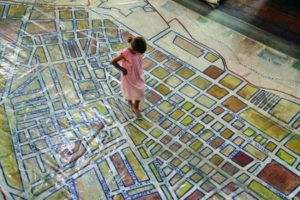
The apartheid was repealed in 1994 before the holding of the first truly democratic elections in South Africa, with the full participation of the black population, which marked the arrival of Nelson Mandela to power.
This regime of racial segregation had been implemented in 1948 after elections in which the black population did not vote, which won the National Party .
Apartheid in South Africa
Of the many stories of racial segregation experienced in South Africa during the 46 years of apartheid , the District 6 of Cape Town has become an icon.
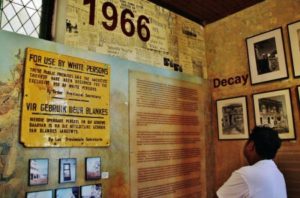
In 1867 District 6 began to be called a neighborhood adjoining the center of Cape Town , near the old docks, and which was inhabited by a very cosmopolitan population.
In it lived former slaves, who had been ” liberated ” after the formal abolition of slavery in South Africa in 1864, but also Hindus, some white Catholics, and Malaysian Muslims brought in their day as slaves.
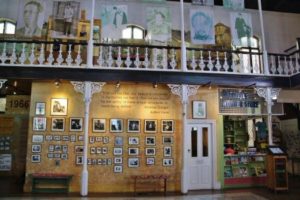
These now live grouped in another neighborhood of Cape Town, Bo-Kaap , which has become a fashionable place very visited by tourists for the great color of their houses.
In 1966, the apartheid regime decided to declare District 6 as a white zone. The reason? It was very close to the center of the city, which wanted to be reserved only for the white population.
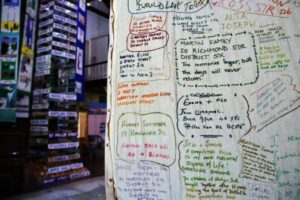
From then until apartheid was abolished more than 65,000 people were forced to leave their neighborhood despite the popular resistance movements that took place.
Residents of District 6 were moved mostly to a township , a black neighborhood located in the suburbs more than 25 kilometers away from Cape Town .To get to work in the center of the city in just 15 minutes, the expelled happened to take more than an hour and a half.
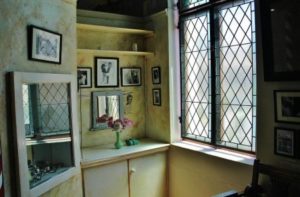
The great majority of the houses in the neighborhood, except the churches, were demolished, although in the end the planned plan for reconstruction was not implemented.
Finally, in 1994, it was declared that former residents of District 6 could return to their neighborhood if they could prove to have owned some of the very small houses that existed before their demolition.
In February 2004, Nelson Mandela himself handed over the keys to his new homes to the first residents returning to the neighborhood, all of them octogenarians.
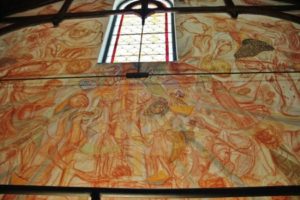
But in practice very few people have returned, because in addition the compensation has been very small amount.
Visit museum District 6
The Museum of District 6 is located in an old Methodist church, one of the few buildings in the neighborhood that were not demolished, located in front of a police station.

In this small museum arranged on two floors you can walk on a large plan of the old neighborhood, where many visitors, former residents, usually look for the location of their demolished house.
 Countries To Travel Travel Tips and Plans
Countries To Travel Travel Tips and Plans


